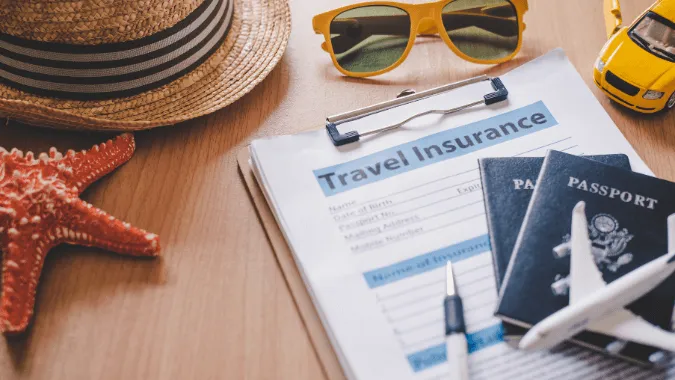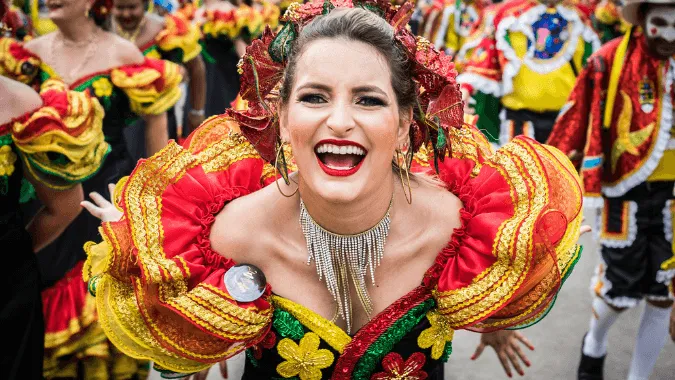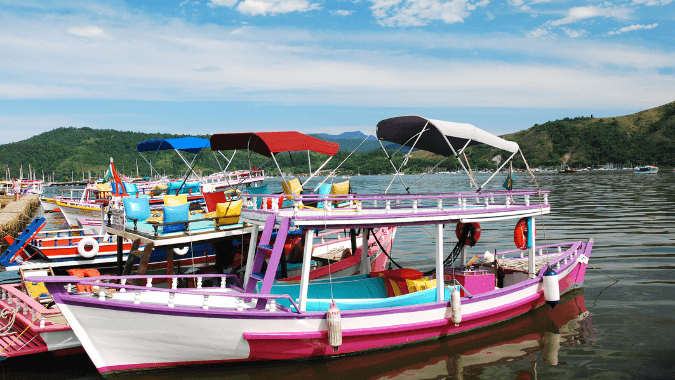Insider Tips
5 things you should know before traveling to Bolivia
Tags:
Bolivia, located in the South American continent, is a country with an incredible cultural, historical and natural wealth. It is coveted by tourists and travelers from around the world for its high altitude trekking that takes you to admire wonders of nature and humanity. The cultural identity of the country is very strong and transports us out of time for an authentic journey within Latin America. The way of life of Bolivians can be very different from Western culture and, therefore, it is useful to learn more about their culture in order to find the best way to organize your stay in the Andean country. So here are the 5 things you should know before you travel to Bolivia. ![]()
![]()
![]()
![]()
![]()
![]()

The llama is the emblematic animal of Bolivia / Photo: Tiffany Flour
1) Coca consumption
Coca consumption in Bolivia is a millenary tradition and continues to be consumed daily. Its production occupies an important place in the country's economy and is very easy to obtain, wherever you are. Appreciated for its many virtues such as the reduction of hunger and fatigue, locals and tourists use it mainly to combat altitude sickness. It is common to see people chewing these leaves all day, as they also serve as offerings for religious purposes. You will find coca in various forms according to your preferences: dry leaves, candies, infusions, oil, soda, among others.
Coca is a sacred plant for many Andean peoples / Photo: Tiffany Flour
2) Everyday life
When you arrive in Bolivia, you will surely be surprised by the animation of the streets that dot the daily life of the Andean population. Whether in big cities like La Paz, Cochabamba or Sucre, or in small towns, Bolivians spend their days outdoors. It is difficult, for example, to find supermarkets, because there are a lot of markets and small stalls along the streets where you can buy everything, you only have to know in which area, you can find this or that, since the sellers are grouped mainly by type of product. Bolivians are also used to eating out, which is why it is much more common to find stands or even just benches where a local serves its own, freshly cooked dishes. Bolivian culture is not home-grown, a real distinct lifestyle to discover.
Markets are the main places where Bolivians meet daily / Photo: Tiffany Flour
3) The different languages
Bolivia is a country rich in diversity, multi-ethnic, which continues to preserve its cultural treasures. The main language throughout the country is Spanish, but Bolivia has 36 indigenous languages, including two main languages, Aymara and Quechua, which dominate some regions. In the more remote areas, it is not uncommon to find communities that speak very little Spanish. It is true that in the country it is not common to speak English, the exceptions are tourism professionals and the new generation that is globalizing. However, there are dictionaries and other guides for translating Spanish into some of these indigenous languages spoken in the country.
Quechua is spoken by millions of people in Peru, Chile, Bolivia, Ecuador, Colombia and Argentina / Photo: Tiffany Flour
4) The mixture of religion and Andean culture
When you visit the various Bolivian heritage monuments, you will realize that the influence of the Andean culture is very strong. An opportunity to discover the rich pre-colonial history of South America and in particular the Inca civilization, which still today has an important influence on Bolivian cultural practices. The most intriguing thing about Bolivia is that Christianity is very important in the culture and daily life of the population, but we are witnessing a true mixture of legends and Andean style. Thus, many churches and other religious monuments carry this mixture in their architecture, a characteristic that makes Bolivia's religious and cultural heritage unique.
The Church of the Society of Jesus is one of the 33 emblematic churches of Potosí / Photo: Tiffany Flour
5) Clothing style
Bolivia is a timeless country. During your stay, you will meet a people very attached to their customs and traditions, and the style of dress is essentially part of it. More marked by women, they dress in loose skirts (the pollera), a large blouse or shawl, small shoes, a mushroom hat or other traditional forms, and arrange their hair in braids tied with pom-poms (pocacha). As for men, they are mostly in ponchos. Not forgetting the famous Aguayo, a large piece of fabric with a very colorful local design that allows them to carry children, but also all kinds of everyday items, thanks to a special technique. In addition, it is common to dress in the typical patterns of the Andean culture, a true spectacle of color when walking through the streets of the country.
The "cholitas" have a traditional costume that is perpetuated from generation to generation / Photo: Tiffany Flour
So here you are ready for your trip to Bolivia, to discover its cultural richness and incredible landscapes. Cultural differences that will make you fall a little more in love with the South American region. Feel free to read our article on the top 6 activities for discovering La Paz and plan your itinerary in this magical destination.By: Tiffany Flour, French tourism student and part-time world traveler.
Tags:
Search
-
Exciting 4x4 route: São Luís and FortalezafromUS$1,014
-
Vila Gale Mares Resort All InclusivefromUS$100
-
Ecotourism in Chapada DiamantinafromUS$672
-
All inclusive Vila Gelé Cumbuco ResortfromUS$999
-
Full Day Cafayate Tour from SaltafromUS$68
-
Transfer Aeroparque - Buenos AiresfromUS$46
-
-
Transfer Ezeiza - AeroparquefromUS$91
-
-
Excursion to El Chaltén from El CalafatefromUS$153
-
-
-
-
-
-
-
-
-
-
-
Daytours4u © 2012-2019. Use of this website constitutes acceptance of the Terms & Conditions.
Open Chat
Hello, How May I Help You?



